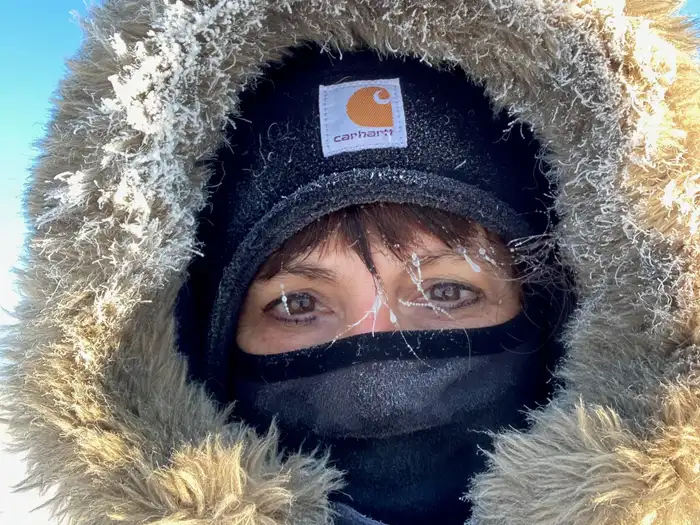I’ve lived near Glacier National Park for 35 years. Here are 4 things visitors need to know before visiting in the winter.

Glacier National Park is beautiful in the offseason.
Montana’s Glacier National Park typically sees over 2 million visitors between May and August each year. Although I love taking in the park’s beauty in the warmer seasons, this spike in visitation can often lead to long lines to enter the park.
However, after living near the park for 35 years, I’ve discovered the best time to visit is during the less-chaotic winter months.
Although many of the park’s services are technically closed from early October through late May, I love the peace and solitude the park offers during this time.
Visiting Glacier National Park in the winter requires a bit more planning, but in my opinion, it’s worth it. Here are my tips for visiting during the offseason.
Even if the entrance isn’t manned, you need to have a pass to enter the park.

Entrance passes to Glacier National Park can be purchased online.
During the winter months, a pass is still required to visit the park, even if no one is manning the entrance. Luckily, though, the rates are typically cheaper than they would be in the winter months.
Entrance passes can be purchased online via the National Parks Service website.
Not all the roads get plowed — but that’s part of the fun.

We love skiing and snowshoeing down Going-to-the-Sun Road.
Many of the park’s roads are closed in the winter, making for great opportunities for snowshoeing and cross-country skiing.
Since our boys were young, we’ve loved strapping on cross-country skis or snowshoes to travel along Going-to-the-Sun Road for a couple of miles until we reach the bridge that crosses McDonald Creek.
In this section of the park, we pass through an area of dense, old-growth western hemlock and western red cedar that feels like the forests of the Pacific Northwest.
Just keep in mind that if you decide to travel to higher elevations, you need to be prepared for changing winter conditions, and be familiar with avalanche safety.
If you don’t want to explore alone, you can snowshoe with a ranger on weekends.

Snowshoeing is a popular activity in Glacier National Park.
If you want to explore the area with a knowledgeable guide, head to the Apgar Visitor Center for one of the ranger-led snowshoe outings held weekends from the end of December to the middle of March.
If you don’t have your own snowshoes, you can rent a pair for $2.
This is a fantastic opportunity to learn about the park in the winter and look for signs of wildlife in the snow.
Be prepared for cold temperatures and limited cell service.

The weather in Glacier National Park can change quickly.
One of my most important pieces of advice is to not take the winter lightly when visiting Glacier. There is little or no cell service throughout most of the park, and the weather can quickly switch from idyllic to a blizzard.
Leave your cotton clothing at home, and instead opt for wool, alpaca, or synthetic fabrics that wick away sweat. Wear multiple layers, including a wind-breaking outer layer, a hat, and gloves.
Also, remember to fill your gas tank or charge your electric vehicle before entering the park, as you will not have the opportunity to do so once you get inside.






